
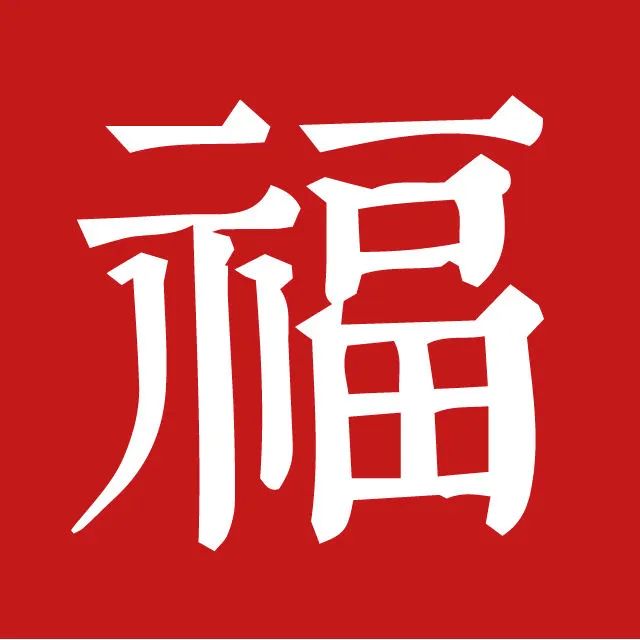
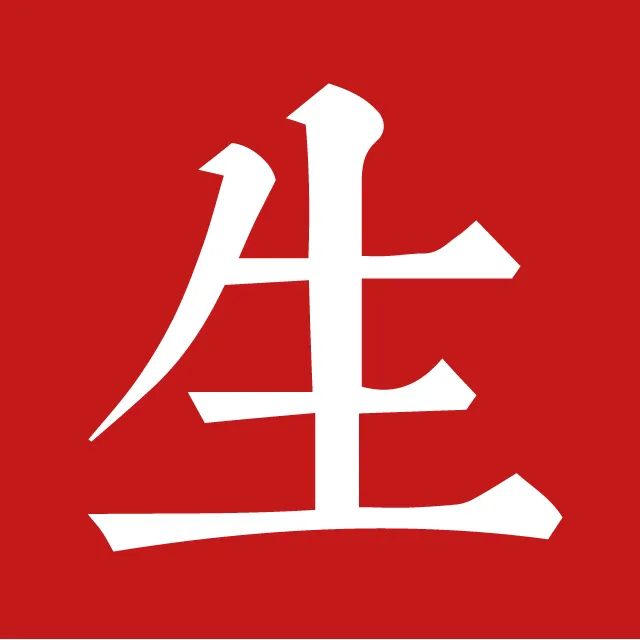

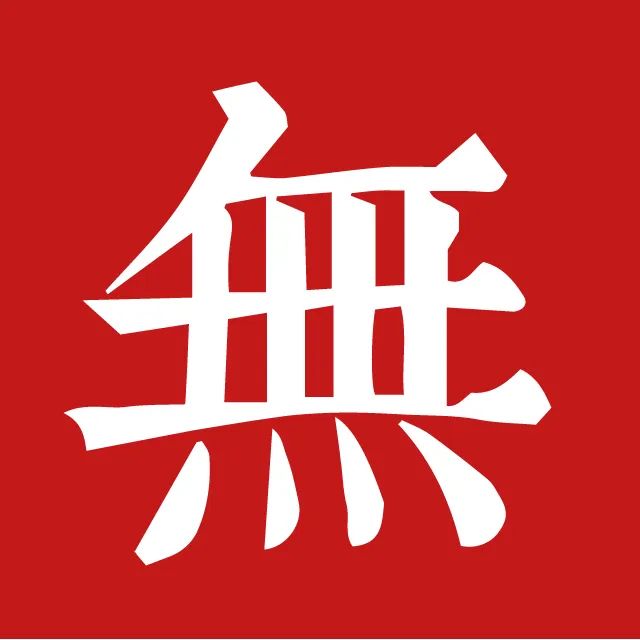
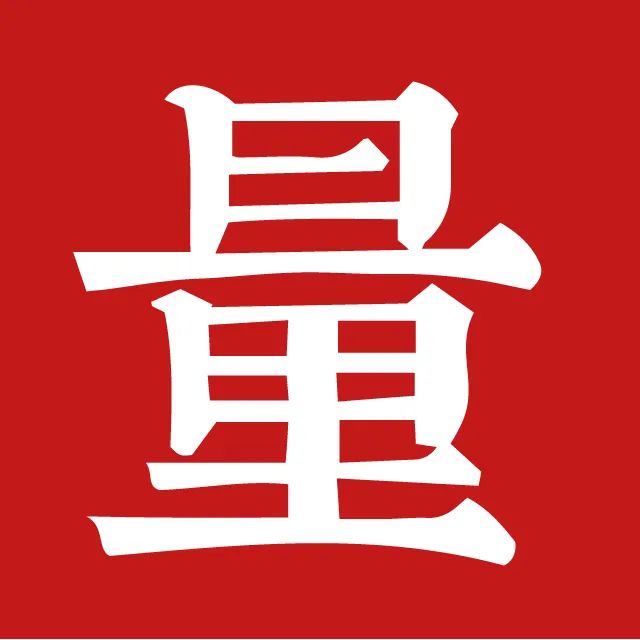
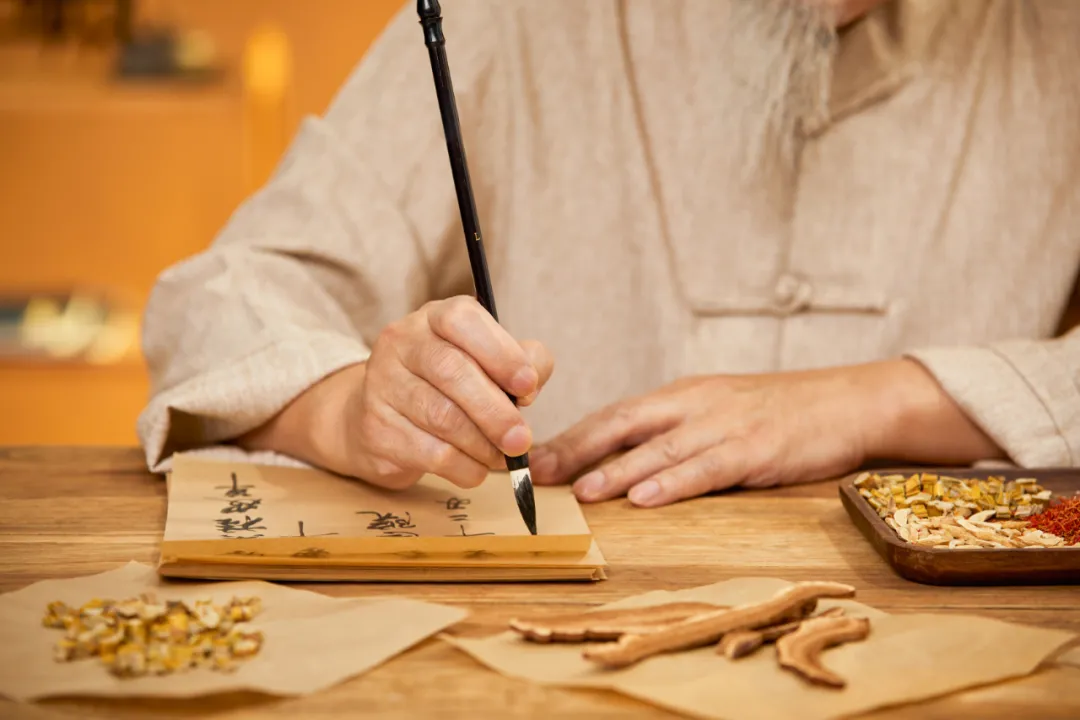
Regarding the principles and methods of treating phlegm-dampness caused by Yin deficiency, many physicians throughout history (especially during the Ming and Qing dynasties) have discussed this topic. However, there has been little introduction to its pathogenesis and treatment over the years. The author shares their understanding and clinical experience regarding this issue.
After reading this article, I reflected on a recent patient I treated: throat pain and redness, thick white tongue coating, dry stool, yellow urine, and a rapid pulse. During treatment, I followed the conventional approach of clearing heat and drying dampness, but the results were unsatisfactory. In hindsight, it seems more appropriate to approach the diagnosis and treatment from the perspective of Yin deficiency.
Yin refers to the collective term for body fluids, nourishing blood, and Yin essence. The principles and methods of treating phlegm-dampness caused by Yin deficiency have been discussed by many physicians throughout history (especially during the Ming and Qing dynasties), but there has been little introduction to its pathogenesis and treatment over the years. Based on my understanding and clinical experience, I would like to share my superficial insights on this issue as follows.
1. Mechanism of Phlegm-Dampness Caused by Yin Deficiency
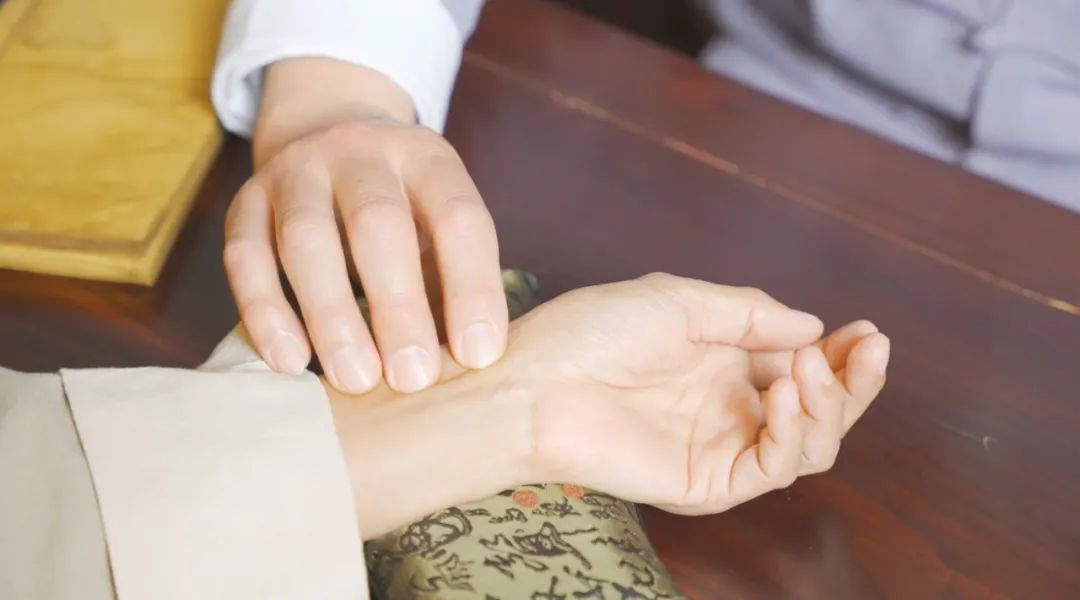
The influence of Yin on the functional activities of the human body mainly lies in its role in “Yin formation,” such as the fullness and nourishment of the body, as well as the moistening of the skin and hair, all of which rely on “Yin formation” to be accomplished. The Suwen: Six Subtle Principles states: “Therefore, the vessel is the universe of transformation; when the vessel disperses, it separates, and transformation ceases.”
This clearly indicates that the existence of the “vessel” (the body) is a prerequisite for survival, and the “vessel” must be continuously nourished and moistened to maintain its normal functional activities. Therefore, the deficiency of Yin fluids can lead to various pathological changes.
Body fluids are distributed throughout the body, primarily serving to nourish and moisten all tissues and organs. When body fluids are deficient, the tissues and organs will lose their moisture, leading to weakened or obstructed functional activities. “When fluids are lost, the pores open, and sweating is excessive; when fluids are depleted, the bones are stiff, the complexion is pale, the brain marrow is consumed, the legs are weak, and there is tinnitus.”
Among these, the opening of the pores, difficulty in flexion and extension, and tinnitus are manifestations of weakened or obstructed functions of the corresponding organs and tissues. Body fluids are governed by the lungs and stomach; when the lungs receive body fluids, they can descend and disperse, and when the stomach receives body fluids, it can digest and absorb. Clinical examples of weakened or obstructed lung and stomach functions due to body fluid deficiency are numerous.
Nourishing blood circulates within the body, nourishing the five organs and six bowels, limbs, and all body tissues to ensure they perform their normal physiological functions and maintain coordination among their functional activities.
As the ancients said: “Lonely Yin does not give birth, and solitary Yang does not grow; without Yang, Yin cannot be born, and without Yin, Yang cannot transform.” This emphasizes that only the mutual action of Yin and Yang can produce life activities such as birth, growth, and transformation; solitary Yang or lonely Yin can only present a lifeless state of non-birth, non-growth, and non-transformation.
From this, it can be inferred that the rise and fall of Yin or Yang can enhance or weaken the functional activities of the human body through their respective pathways. The essence of Yin is called Yin essence. The Suwen: Discussion on Yin and Yang Correspondences mentions “essence transforms into Qi,” which later generations extended to say that Yin essence is the mother of Qi; when essence is deficient, Qi is weak, and when essence is abundant, Qi is strong. The terms weak Qi and strong Qi refer to the weakening and strengthening of the functional activities of the human body.
In summary, Yin deficiency can lead to weakened or obstructed functions of the corresponding organs, meridians, and tissues, and if these pathological changes affect the body’s fluid metabolism, phlegm-dampness will inevitably arise.
Since Yin is a tangible substance occupying a certain space in the body, the term “fullness” implies this meaning. Yin fills the meridians, blood vessels, bone marrow, brain and spinal cord, organs, and muscles. When Yin is deficient, corresponding gaps will be left, and tangible evils will take advantage of these gaps, with phlegm-dampness being a common manifestation of these tangible evils.
2. Historical Discussions on Phlegm-Dampness Caused by Yin Deficiency

Regarding the principles and methods of treating phlegm-dampness caused by Yin deficiency, physicians from the Ming and Qing dynasties have made some discussions. Although lacking systematic theory and appearing fragmented, they provide great inspiration. For example, Shi Shoutang in Medical Origins: Outline of Diseases analyzes the two Qi of dryness and dampness, which is extremely insightful.
He said: “Moreover, Yin and Yang are mutually rooted, and Qi and blood share the same source. When Yang is severely deficient, Yin must also be deficient. Without firewood, how can the pot steam and transform the essence? When Qi is severely deficient, blood must also be deficient. Without wheels, how can the cart draw water for irrigation? Often, it begins with dampness, then dampness transforms into dryness. When Yin is severely deficient, Yang must also be deficient. When the lamp is dim and the oil is exhausted, how can it shine brightly?”
“When blood is severely deficient, Qi must also be deficient. When the water is shallow, the boat cannot move forward. Often, it begins with dryness, then dryness is accompanied by dampness. The transformation of dampness is still from external sources (although internal dampness is generated, it is ultimately transformed from water and drink, which is still insufficient for the excess disease). The transformation of dryness is from internal depletion.”
Therefore, when dryness transforms into dampness, the treatment should focus on treating dryness while also addressing dampness; when dampness transforms into dryness, the treatment should focus on treating dampness while also addressing dryness. This is the fundamental principle of treating the root and branch in TCM.”
Here, Shi has theoretically discussed the mechanism of phlegm-dampness caused by Yin deficiency and proposed the principle of “treating dryness as the root and dampness as the branch” in treatment. He also mentioned in diagnosis that dryness precedes dampness, indicating that dampness arises from dryness, which is to say that Yin deficiency leads to dampness. Summarizing the various specific discussions by predecessors on phlegm-dampness caused by Yin deficiency, they can be categorized into the following three aspects:
1Yin Deficiency with Excessive Fire Leading to Phlegm-Dampness
Yin deficiency leads to excessive fire, and excessive fire generates phlegm-dampness; thus, Yin deficiency is the root cause of fire generating phlegm-dampness. Ming dynasty physician Gong Juzhong in Red Stove Pointing Snow discusses the treatment of consumption and tuberculosis, arguing that water deficiency and excessive fire harm metal, emphasizing that “all phlegm-fire conditions begin with Yin deficiency, and the treatment should be to tonify Yin.” He believes that “phlegm-fire conditions originate from the loss of blood and essence, and both essence and blood are true water and true Yin, tangible and substantial, difficult to form and easy to deplete; thus, what is called phlegm-fire refers to forgetting the root and focusing on the branches.”
Qing dynasty physician You Zaijing’s case of cough and asthma states: “The pulse is weak and rapid, the cheeks are red, the voice is low, the cough is severe, and food is vomited. In the afternoon, heat rises, and there is much restlessness. This is due to liver and kidney Yin deficiency, with Yang floating above, and essence transforming into phlegm foam. The illness has lasted three years; it is an internal injury, and it cannot be cured by simply eliminating phlegm and treating cough. It is necessary to stabilize the lower burner and must abstain from desires, maintaining the same diet for years to expect recovery. The formula used was Duqi Wan with Nu Zhen Zi, Gou Qi Zi, and Tian Dong.”
2Yin Deficiency with Qi Deficiency Leading to Phlegm-Dampness
Qi deficiency refers to weakened functional activities. When Yin deficiency and Qi deficiency occur, it often leads to an inability to control water, resulting in phlegm-dampness. Qing dynasty physician Wang Mengying treated Zhang Yuzhi’s mother, who had long suffered from phlegm cough. Due to a thin pulse and abundant phlegm, he diagnosed it as “Yin deficiency with water overflowing” and used a large dose of Shu Di to achieve results.
In treating Wang, a man over sixty who had long suffered from phlegm cough, his pulse was thin and weak, and both the left and right pulses were rapid. He was diagnosed with Yin deficiency and Qi not being able to descend and absorb. The treatment included Shu Di, Cong Rong, Gui Ban, Hu Tao, Bai He, Zi Shi Ying, Fu Ling, and Dong Chong Xia Cao, and he recovered in ten days. This type of phlegm cough is easily misdiagnosed as Qi deficiency with phlegm-dampness, so Wang advised that if mixed with Ren Shen, Huang Qi, or Bai Zhu to assist Qi, it would easily worsen the condition.
Wang’s specific discussions on phlegm-dampness caused by Yin deficiency are numerous and valuable, warranting further exploration today.
Qing dynasty physician Zhang Yuqing also clearly pointed out in his case of cough and asthma: “Especially the Yin deficiency of the kidney and the Yang deficiency of the kidney both lead to Qi not being able to be stored,” and emphasized that for phlegm-dampness rising due to Yin deficiency and Qi not being able to be stored, “only nourishing water and nourishing the liver, and storing kidney Yin can prevent water from rising; thus, phlegm will be transformed into body fluids and liquids, which should not be overlooked.”
From this, it can be seen that Zhang Jingyue’s statement that “if there is Qi deficiency due to essence deficiency, one should tonify essence to transform Qi; if essence is deficient due to Qi deficiency, one should tonify Qi to generate essence” has significant clinical guidance value. Although both are deficiencies of essence and Qi, the causal relationship is different, and the treatment methods are also different. Mixing treatments will inevitably lead to poor results, especially in the treatment of phlegm-dampness caused by Yin deficiency and Qi deficiency, which requires special attention.
3Yin Deficiency Leaving Gaps for Phlegm-Dampness to Invade
After Yin deficiency, the gaps left are often occupied by phlegm-dampness. At this time, eliminating phlegm-dampness is only treating the symptoms; the root treatment is to tonify Yin to fill the gaps and expel the dampness. This is also a specific manifestation of the righteous Qi being weak and the evil Qi invading.
Qing dynasty physician Wang Tailin’s case of stroke states: “The kidney stores essence and governs the bones, the liver stores blood and governs the tendons. When the essence and blood of the kidney and liver are weak, the tendons and bones will have many gaps, and damp-heat phlegm will invade the meridians, leading to weakness in the right hand and foot, a stiff tongue root, resembling the root of the tongue. Nourishing essence and blood, promoting the meridians, and transforming phlegm and dampness, while maintaining rest, may help to prolong life.”
Qing dynasty physician You Zaijing treated atrophy and paralysis, stating: “The pulse is weak and rapid, both knees are soft and swollen, unable to flex and extend. This is due to damp-heat invading the Yin Qi’s deficiency, which, if prolonged, will lead to ‘crane knee wind.’ The prescription included Sheng Di, Niu Xi, Fu Ling, Mu Guo, Dan Pi, Yi Ren, Huai Shan Yao, Shan Yao, Ze Xie, and Bi Xie.”
From the above selected literature, it is evident that predecessors have long recognized the theoretical possibility and clinical existence of phlegm-dampness caused by Yin deficiency. For this fragmented information, if one is willing to accumulate it, it is not difficult to gain a wealth of experience for our reference.
3. Treatment Examples for Phlegm-Dampness Caused by Yin Deficiency
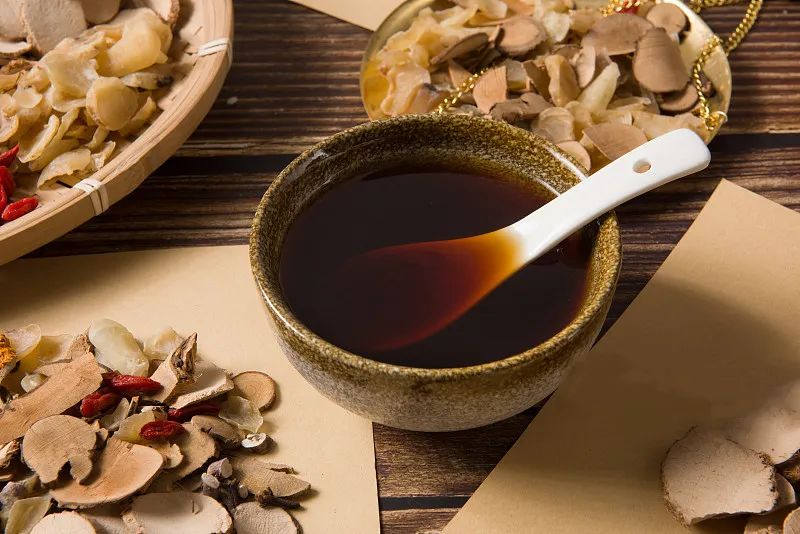
Phlegm-dampness caused by Yin deficiency presents various symptoms, mainly seen in internal injuries and miscellaneous diseases, as well as in the later stages of exogenous heat diseases. Due to space limitations, only two or three clinical symptoms will be presented as examples.
1Edema
Edema caused by Yin deficiency presents symptoms such as abdominal distension, protruding navel, visible veins, limb swelling, short and scanty urination, flushed face, thirst, dry stool, red tongue, and thin rapid pulse. This is due to kidney Yin deficiency, with excessive fire causing water to overflow, resulting in edema from Yin deficiency.
Zhang Jingyue pointed out: “All pungent, aromatic, dry, and hot medicines must be avoided; it is advisable to use Liu Wei Di Huang Tang with Niu Xi, Che Qian Zi, and Mai Dong in large doses.” Zhao Yangkui also believed that edema “is purely due to Yin deficiency, with symptoms of abdominal distension, protruding navel, waist pain, and swelling of the lower limbs, with short and scanty red urine and thirst… dry stool,” and used Liu Wei Di Huang Tang with Mai Dong and Wu Wei Zi, which had proven effective in practice.
In the Medical Case of Ding Ganren, there is a case of edema that is particularly memorable:
After Xu Youchan gave birth, more than two months later, he experienced generalized edema, with a pulse that was difficult to palpate, difficulty lying flat, dry mouth and a desire to drink, abdominal distension, short and red urination, a bright red tongue without coating, and a thin, wiry, rapid pulse.
This was due to a significant deficiency of Yin, with the liver failing to nourish, wood overcoming earth, and the spleen not functioning properly. The Yang water and damp heat accumulated over time, rising to the lungs, preventing the lungs from regulating the water pathways, and the water dampness had no way to exit, leading to overflow everywhere.
Combining the pulse and symptoms, it was especially important to avoid harsh medicines. The immediate plan was to nourish lung Yin to soften liver wood, strengthen the middle earth to benefit water dampness, hoping for a prompt response to avoid danger.
Prescription:South and North Sha Shen each 9g, Lian Pi Fu Ling 15g, Sheng Bai Zhu 6g, Zhi Gan Cao 2g, Huai Shan Yao 9g, Chuan Shi Hu 9g, Chen Guang Pi 3g, Sang Bai Pi 6g, Chuan Bei Mu 9g, Tian Guo Pi 6g, Han Fang Ji 9g, Dong Guo Zi and Pi each 9g, Sheng Yi Ren 15g, and use winter melon juice as a warm drink instead of tea.
Second Diagnosis:After taking three doses of medicine, urination gradually increased, and the water dampness began to descend, with a slight reduction in generalized edema. However, the cough and shortness of breath persisted, making it difficult to lie flat, with internal heat and dry mouth. After eating, abdominal distension increased.
The tongue was bright red, and the pulse was thin and wiry with rapid beats. This was all due to blood deficiency and Yin deficiency, with wood fire rising, causing water Qi to reverse into the lungs, and the lungs losing the ability to regulate the water pathways, while the middle earth was oppressed by wood, leading to the spleen losing its normal function. It was still necessary to nourish metal to control wood, strengthen earth to benefit water, so that the lung metal could have the power to regulate, and the spleen earth could have the strength to support, thus allowing the water Qi to descend and preventing it from rising.
Prescription:South and North Sha Shen each 9g, Lian Pi Fu Ling 15g, Sheng Bai Zhu 6g, Zhi Gan Cao 2g, Chuan Shi Hu 9g, Fei Zhi Mu 4.5g, Chuan Bei Mu 6g, Sang Bai Pi 6g, Da Fu Pi 6g, Han Fang Ji 6g, Zhi Bai Su Zi 4.5g, Tian Guo Zi and Pi each 9g, and Ji Nei Jin Charcoal 6g.
2Phlegm Cough
Phlegm cough due to Yin deficiency presents various patterns, such as in warm diseases with severe heat, where lung and stomach Yin fluids are damaged, leading to cough with sticky white phlegm that is difficult to expectorate (as per Warm Disease Differentiation); lung and stomach Yin injury with Qi fire rising, leading to cough with sputum and dryness in the throat, red tongue without coating, and thin rapid pulse (as per Jin Gui Yao Lue).
Yin deficiency of the lung and kidney, with virtual fire rising, leads to dry throat pain, cough, shortness of breath, phlegm with blood, hot hands and feet, red tongue with little coating, and thin rapid pulse (as per Bai He Guo Jin Tang); dryness evil injuring the lung, insufficient lung Yin, virtual fire scorching metal, transforming fluids into phlegm, presenting with choking cough, shortness of breath, difficult expectoration, thick and sticky phlegm, and even forming strips or blocks, with dry throat and painful swallowing, frequent cough and hoarseness (as per Bei Mu Guo Lou San).
Yin deficiency of the lung and kidney, with internal phlegm-dampness, leading to cough, nausea, shortness of breath, and abundant phlegm (as per Jin Shui Liu Jun Jian). In Fu Qingzhu’s Male Diseases, the treatment for this condition includes Shu Di, Huai Shan Yao, Shan Yao, Mai Dong, Wu Wei Zi, Fu Ling, Yi Zhi Ren, Yi Ren, and Qian Shi, or Liu Wei Di Huang Tang with Mai Dong and Wu Wei Zi, emphasizing that “it is essential not to treat it as phlegm-dampness arising from spleen dampness.”
This is recorded in the Continuation of Famous Physician Cases: Phlegm, which can sharply criticize customs. “Huang Liyu said: In treating phlegm, it is often said that kidney deficiency and fire overflow lead to phlegm, and the treatment should be to tonify the kidney.”
I, during the autumn of the Ren Shen year, had a cough with much phlegm, knowing it was due to color. Following the teacher’s method, I strictly took Liu Wei Wan without further treatment, and after several months, I eventually recovered. At that time, the teacher treated phlegm, especially avoiding Shu Di, believing it to be greasy and obstructive; how could one know the subtle principles within?
3Atrophy
Yin deficiency leads to emptiness in the tendons and bones, resulting in phlegm-dampness retention, which is not uncommon in clinical practice. Ye Tianshi has a case stating: “Atrophy and paralysis are often due to liver and kidney diseases.”
However, there must be damp-heat, heat stagnation, and damp obstruction, leading to Qi and blood not circulating. Tendons shrink, muscles become numb, and the body feels heavy and difficult to move, all due to the deep-seated damp evil. If discussing Yang deficiency, it should not lead to extensive sores. However, in chronic diseases, one should not rush to attack; one should not expect quick results, and only then can the disease be cured. The prescription includes Sheng Di, Xian Cong Rong, Dang Gui Xu, Niu Xi, Huang Bai, Sheng Ci Li, Chuan Shi Hu, and Bi Xie.
The above are the experiences of predecessors in treating phlegm-dampness caused by Yin deficiency. I will now introduce two of my recent cases:
Case 1: Wang XX, male, 68 years old. In recent years, he has experienced bilateral lower limb edema up to the knees, fluctuating in severity, with routine urinalysis and electrocardiogram showing no abnormalities. Blood pressure fluctuates between 190-160/110-96 mmHg, occasionally feeling dizzy, with palpitations and phlegm in the throat.
The tongue is bright red, the coating is slippery and greasy, the pulse is thin and rapid, with thirst. Taking warming Yang and diuretic medicines worsened the condition, with urination becoming red and painful. This is due to kidney Yin deficiency causing edema, treated with Liu Wei Di Huang Tang plus Shi Hu, Mai Dong, and Che Qian Zi, leading to gradual reduction of lower limb edema.
Case 2: Liu XX, male, 4 years old, after several days of fever, developed atrophy in the right leg, diagnosed as “poliomyelitis” at XX hospital. After two months of treatment with acupuncture, physiotherapy, and oral vitamins, and injections of Galantamine, the effect was poor, and he turned to TCM treatment.
Symptoms included a red tongue with thin yellow greasy coating, little thirst, short and painful urination, and poor appetite. Initially, using methods to clear damp-heat was ineffective, and the greasy coating slightly increased. The treatment was changed to a proven formula for atrophy: Sheng Di, Shu Di each 20g, Dang Shen, Sha Shen, Xuan Shen, Mai Dong, Ju Hua, Di Guo Pi each 15g, Che Qian Zi 12g, Qin Jiao 10g.
After taking ten doses, he recovered. During this period, the tongue coating gradually decreased, and appetite improved. This shows that it was indeed Yin deficiency causing phlegm-dampness; tonifying Yin would not help with phlegm-dampness. It has been a year and a half since recovery, and follow-ups show everything is good, with no sequelae.
The above examples illustrate that phlegm-dampness caused by Yin deficiency is also common in clinical practice, and predecessors have summarized and developed specific treatments that should not be ignored or avoided. Both tonifying Yin to eliminate phlegm-dampness and tonifying Yang to eliminate phlegm-dampness are fundamental principles in TCM treatment of phlegm-dampness, targeting different pathogenesis, and both are effective treatment principles that should not be neglected. When combined, they provide a more comprehensive approach, enhancing the methods for treating phlegm-dampness in clinical practice.
Author: Zhang Siter


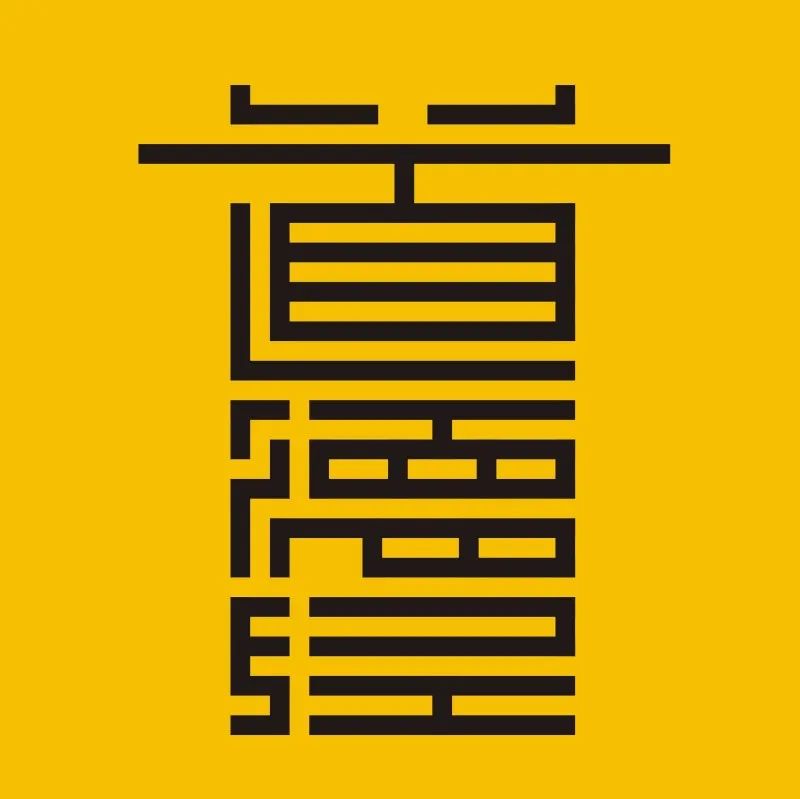 DaoismID: daoismcn福生無量天尊
DaoismID: daoismcn福生無量天尊
•How long has it been since you copied a scripture? Sincerely copying scriptures brings blessings!
•In the year of the Ren Yin, detailed analysis of the fortunes of the twelve zodiac signs! Come and see how your fortune is in the Year of the Tiger!
•A brief analysis of the mutual roots and growth of Yin and Yang in the human body!
•Essential knowledge for practitioners: How should one breathe during meditation? The methods of breath regulation are profound!
•Cleanliness is a realm of life and a form of personal cultivation!
•Traditional Chinese Medicine: Winter is the right time to nourish Yin and tonify the kidneys, with five practical methods!
•In astrology: The role and taboos of the Robbery Wealth pattern in the Eight Characters!
•The five great affinities in life can be encountered but not sought! (In-depth good article)
The mystery of life! Does a person really have a past life? The dual structure of life forms of Yin and Yang!



Daoism is the most compassionate reminder from the Celestial Master to the world!
Reply with the following numbers to see more content
To view the following content, please follow the Daoism WeChat account by clicking the blue text “Daoism” below the title, or search for the WeChat ID: daoismcn
Reply “1” to view: One hundred and eighty questions about the basics of Daoism
Reply “2” to view: Daoist rules and etiquette
Reply “3” to view: Daoist precepts
Reply “4” to view: Daoist incense offering etiquette and taboos
Reply “5” to view: Daoist scriptures and classics
Reply “6” to view: Daoist fasting and ritual procedures
Reply “7” to view: Daoist robes and ritual implements
Reply “8” to view: Daoist talismans and spells
Reply “9” to view: Daoist Yin-Yang arts and numerology
Reply “10” to view: Daoist temples and sects
Reply “11” to view: How to join Daoism
Reply “12” to view: Important notes for joining a Daoist master
Reply “13” to view: Common knowledge about reciting Daoist scriptures
Reply “14” to view: Important notes for offering various offerings in Daoism
Reply “15” to view: Taboos for incense offerings in Daoist temples
Reply “16” to view: How to practice Daoism at home

